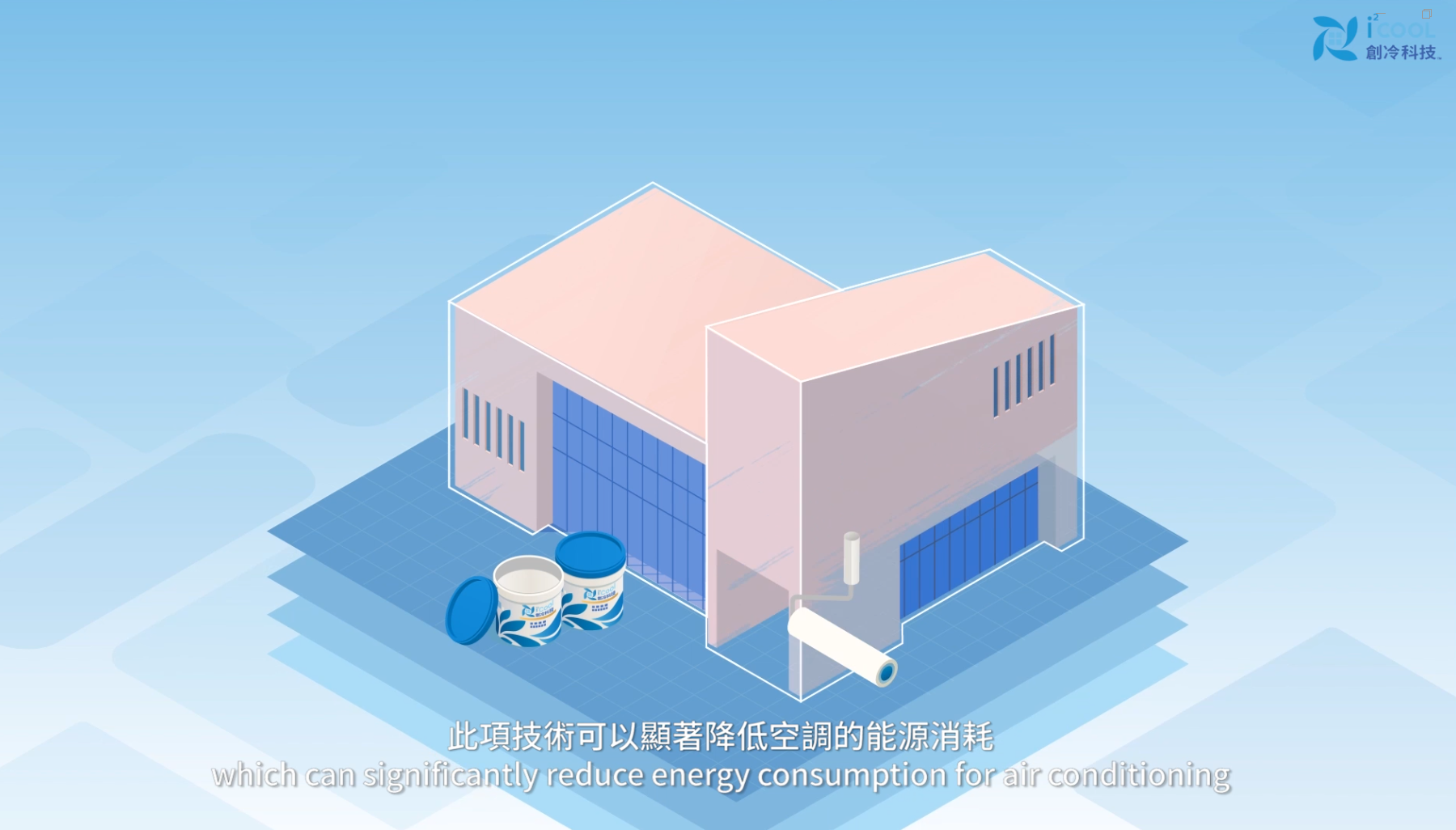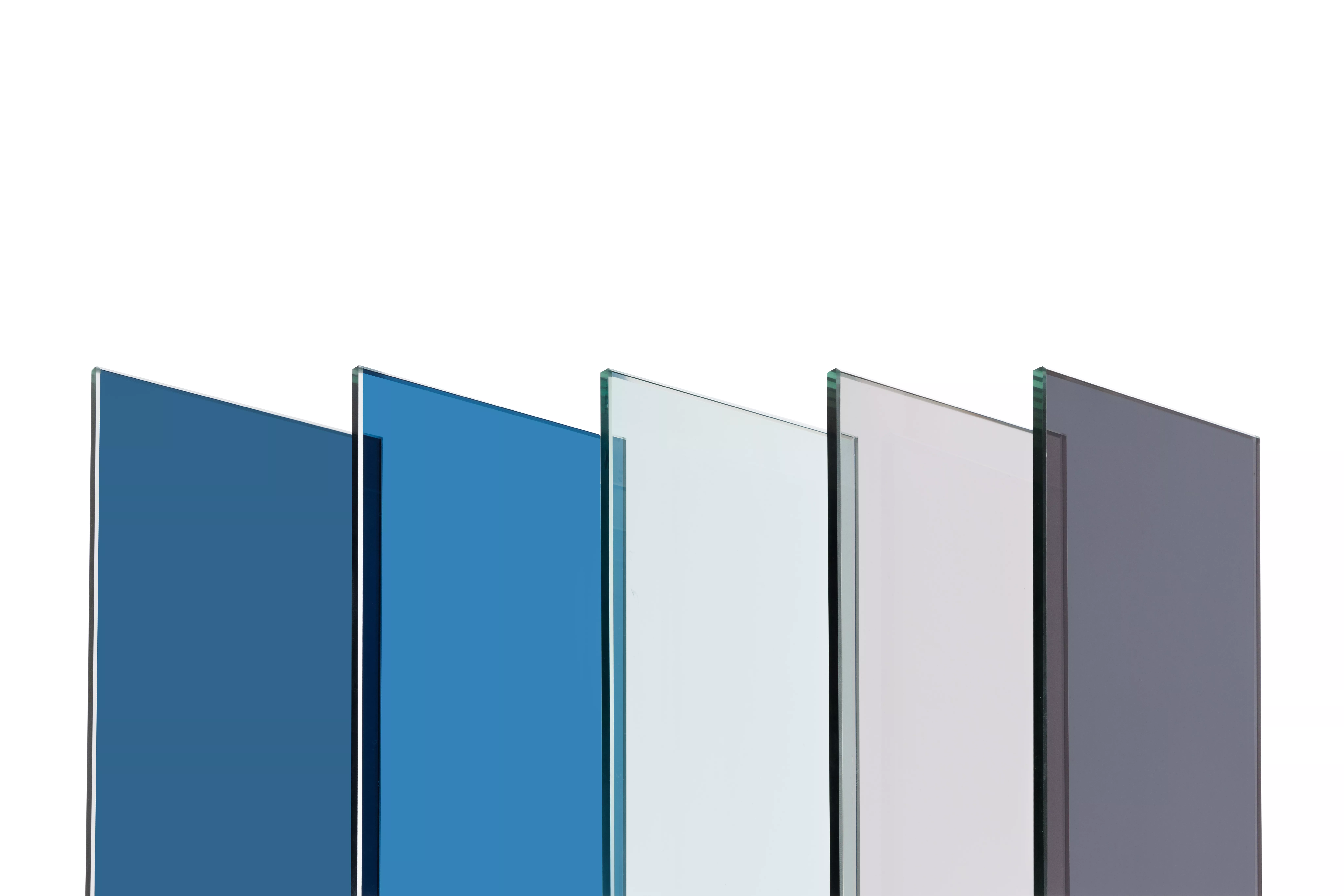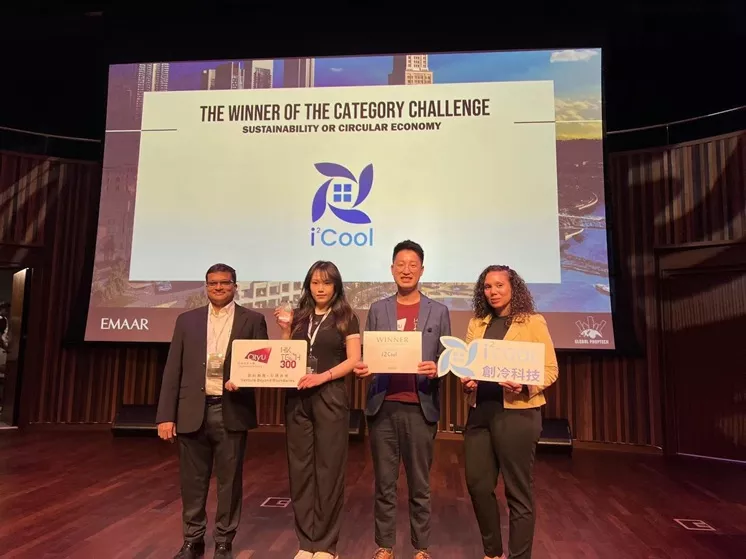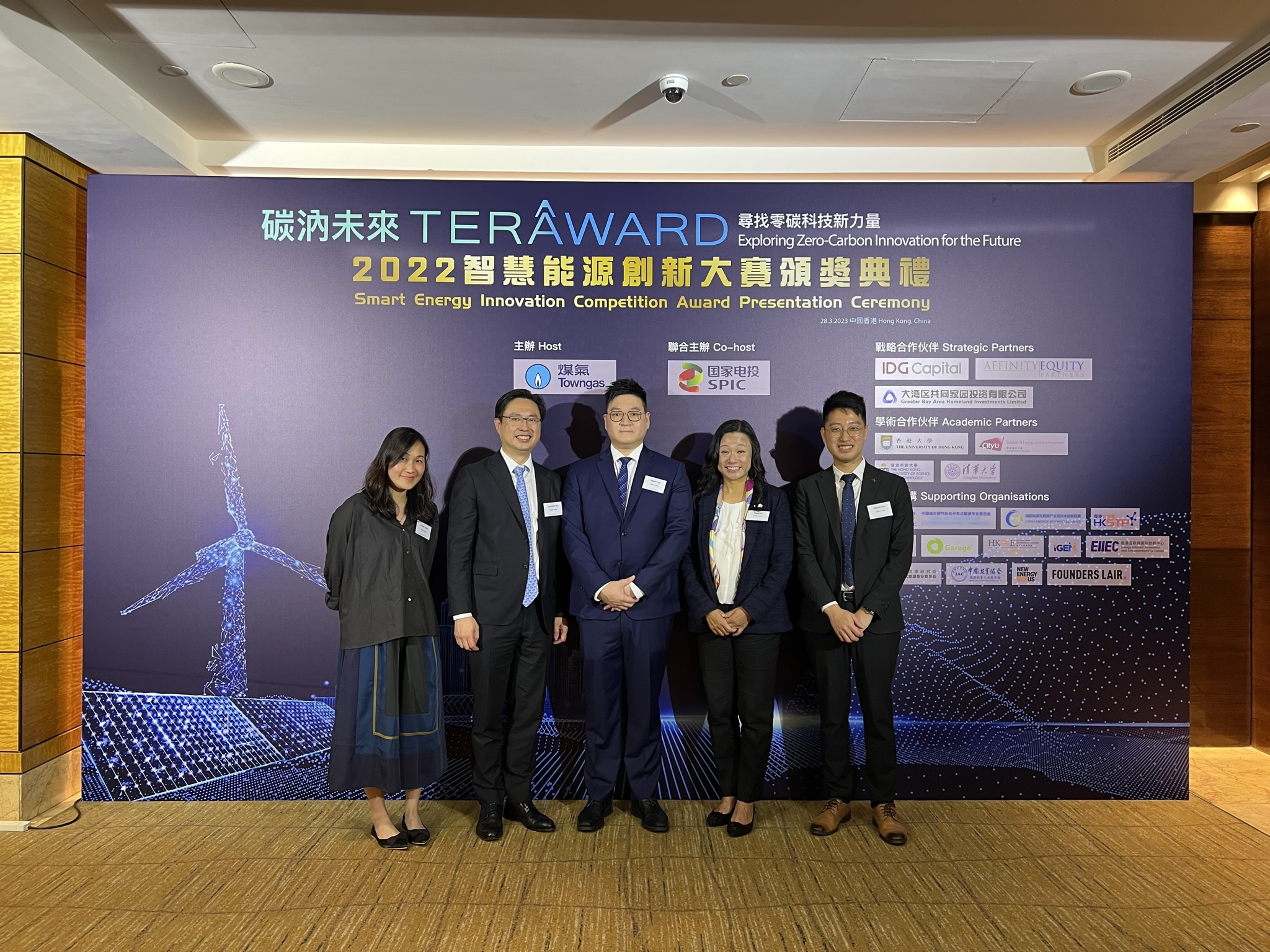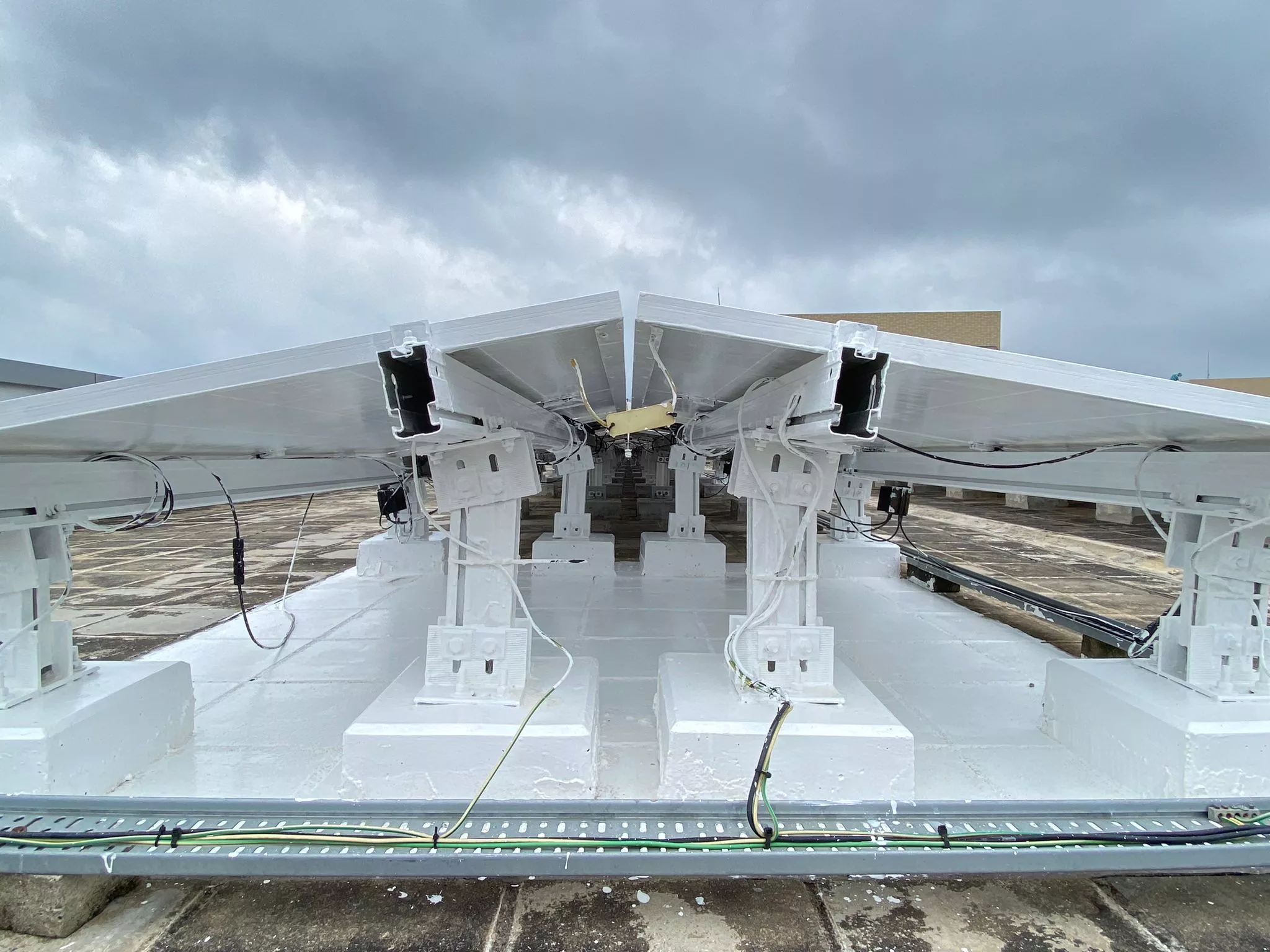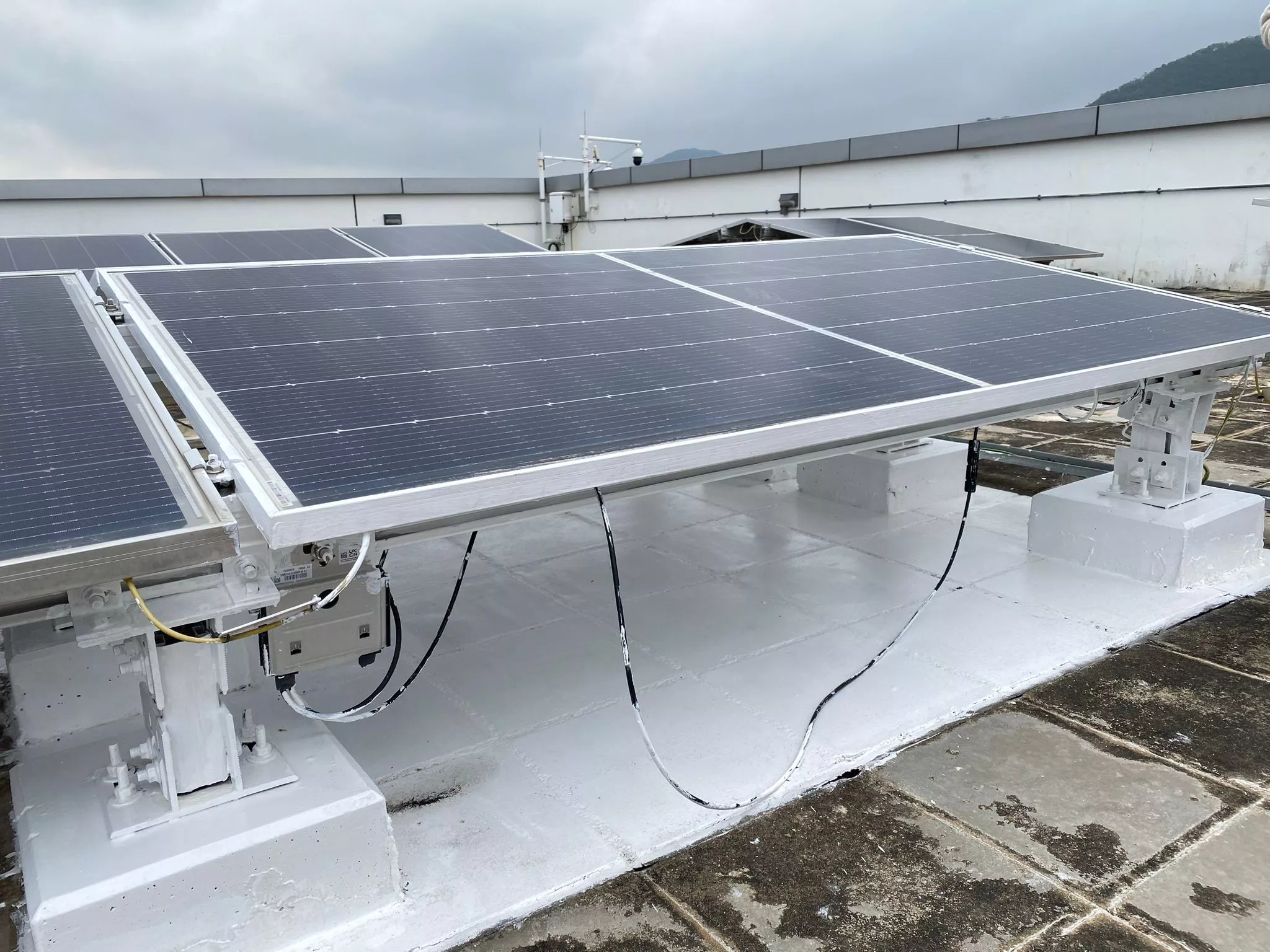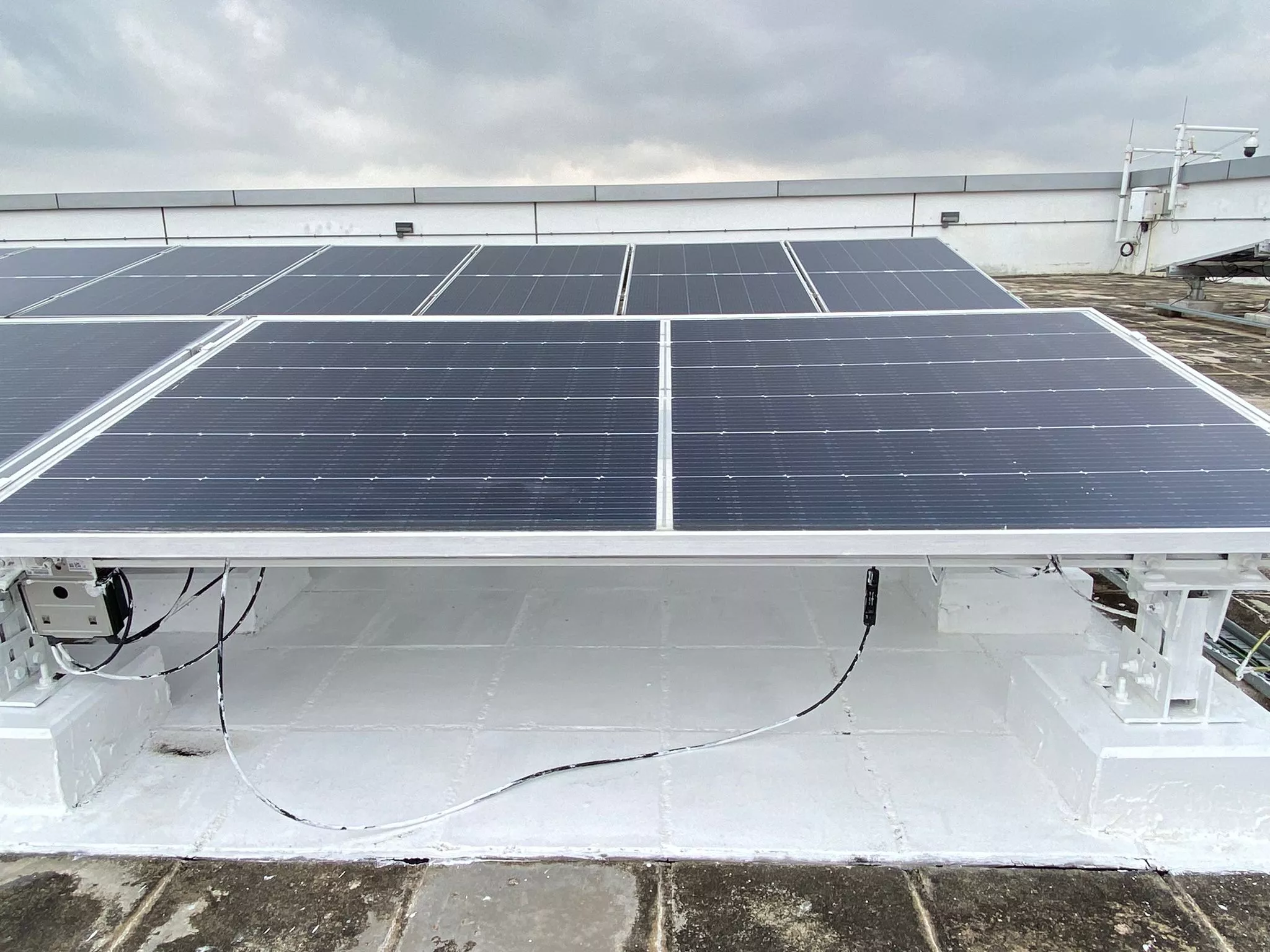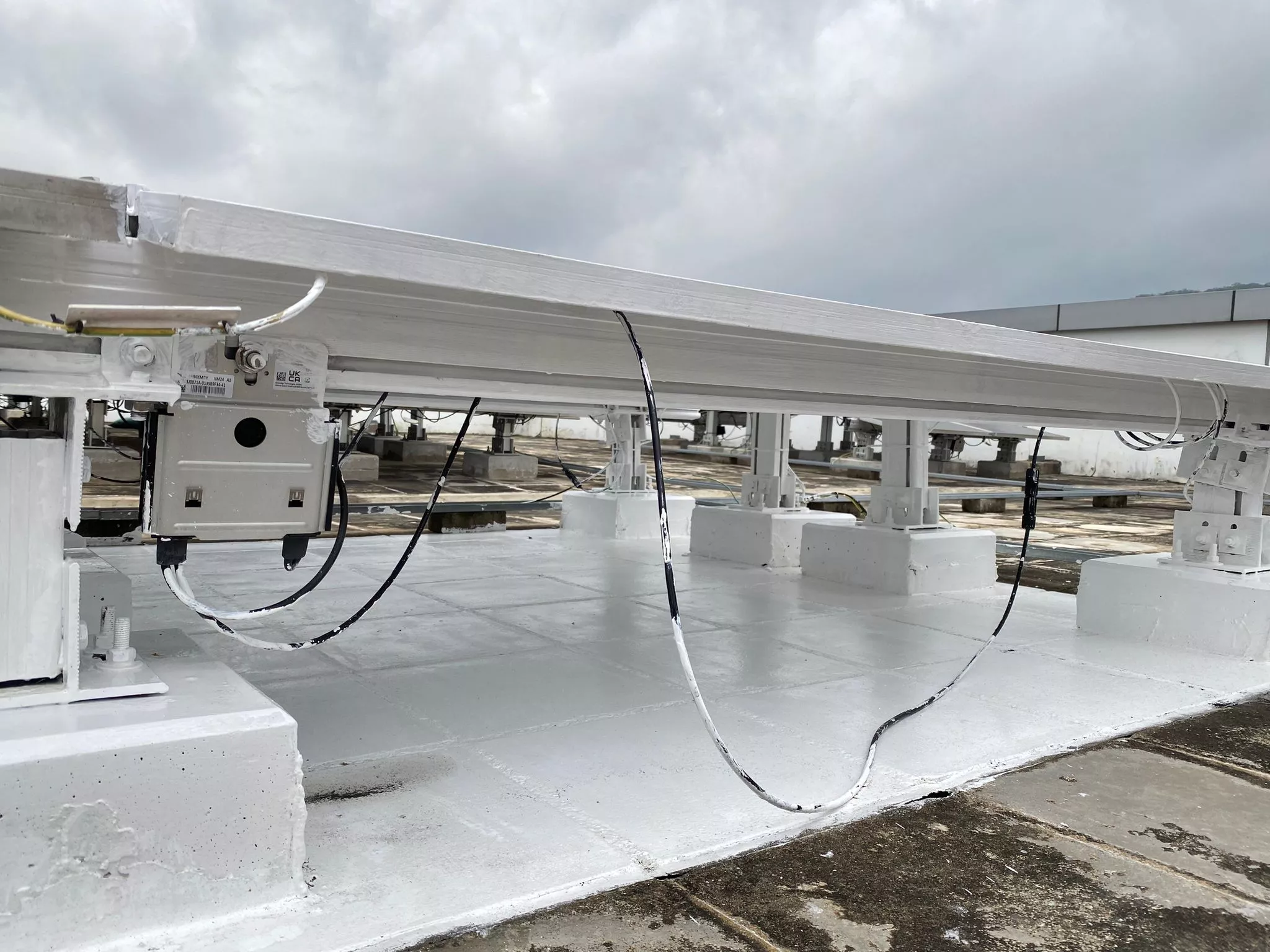Passive Radiative Cooling For Solar PV Frames + Cooling Tower Water Tank
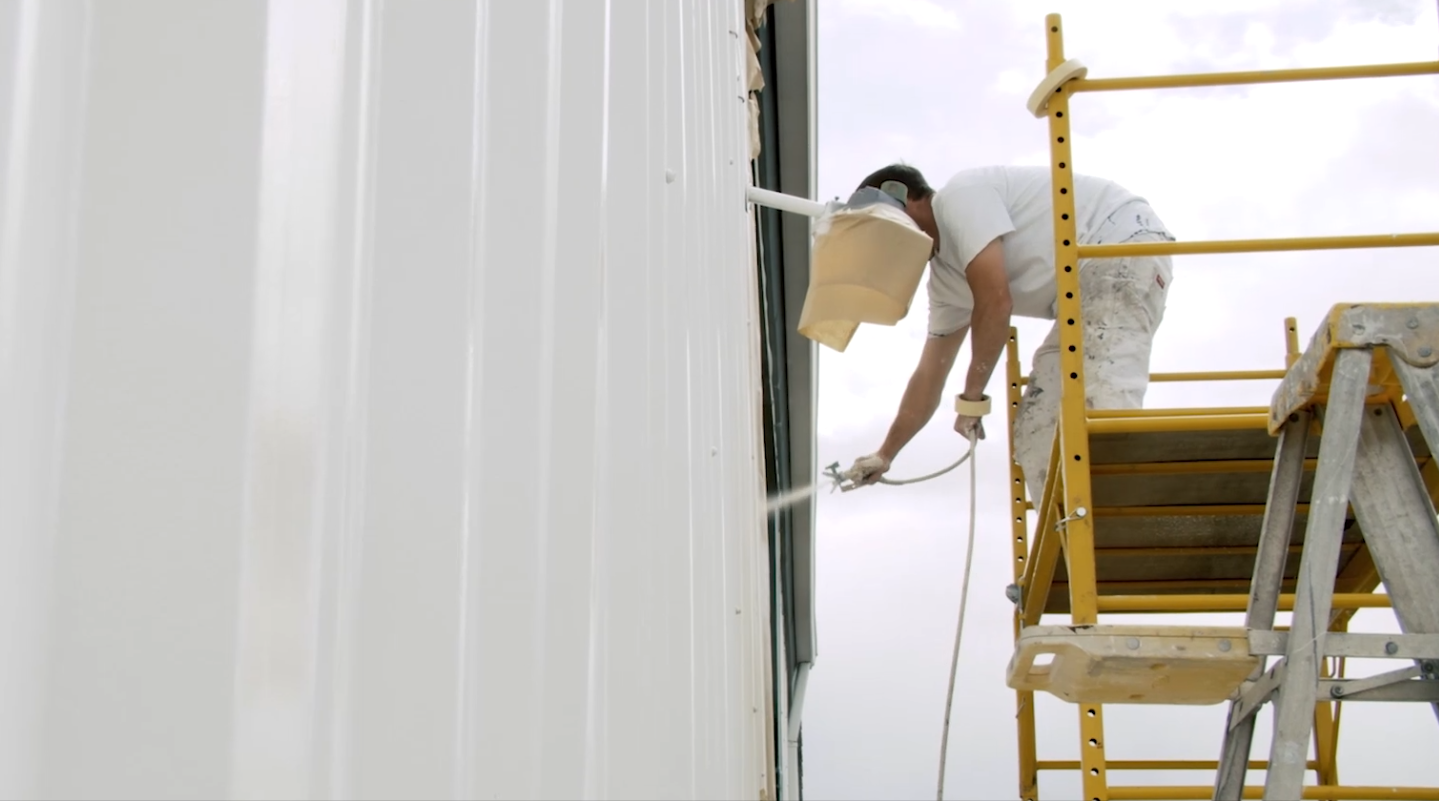
Passive Radiative Cooling For Solar PV Frames + Cooling Tower Water Tank
The project aims to demonstrate two opportunities by improving efficiency and generating energy savings, leveraging radiative cooling technology to align with HKUST's net-zero target. In the cooling system efficiency sector, applying radiative cooling paint to the water tank for cooling towers can remove heat from the water inside and maintain a lower temperature, extracting more heat from the indoor environment in each cycle and consuming less energy during the cooling process. In the solar panel power conversion efficiency sector, radiative cooling can support heat reduction of solar panels and solar panel frames, thus allowing HKUST to produce more renewable energy with the same number of solar panels.
What is the problem this project is trying to address?
HKUST has committed to meeting the decarbonization target of achieving net zero emissions by 2050. To achieve this goal, tackling both operational energy consumption and renewable energy production is vital.
Cooling operations represent around 20% of total electricity consumption on the HKUST campus. Identifying ways to improve chiller plant efficiency without significant retrofit costs is challenging. One possible way is to reduce the entering water temperature to cooling towers which are heat rejection devices to improve cooling tower efficiency.
On the other hand, solar panels are crucial for energy savings in buildings, but their operations can generate heat and cause up to 21.6% loss in power conversion efficiency, depending on materials. Therefore, the heat gain during solar panel operations is unfavorable and should be reduced to increase power conversion efficiency. It can be done by reducing the heat gain on solar panels to boost power conversion efficiency.
How does this project support our sustainable smart campus as a living lab vision?
Since 95% of the carbon footprint comes from electricity usage, energy-saving technology, and renewable energy supply are crucial in achieving HKUST’s net-zero target. Radiative cooling, when employed strategically and innovatively, can contribute to energy saving through better cooling efficiency and renewable energy generation through better solar PV efficiency. The project aims to explore the potential of Emissive Paint and expand its application beyond rooftops, allowing the University to gain further experience with radiative technology and identify new areas for application in cooling and renewable energy systems.
What's next?
The team collaborated with a university in Thailand to create a course to introduce and educate students on going green and the importance of sustainability, aiming to provide an overview of green and sustainability policies, technologies, and business opportunities in different countries.
The team is also testing out the paints on the solar panels at the rooftop of LSK building and collecting data for further research.
